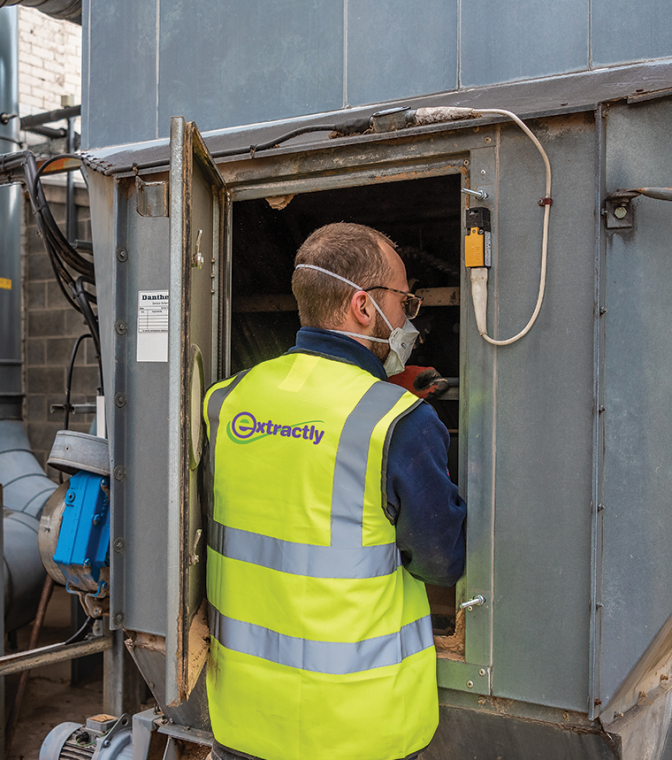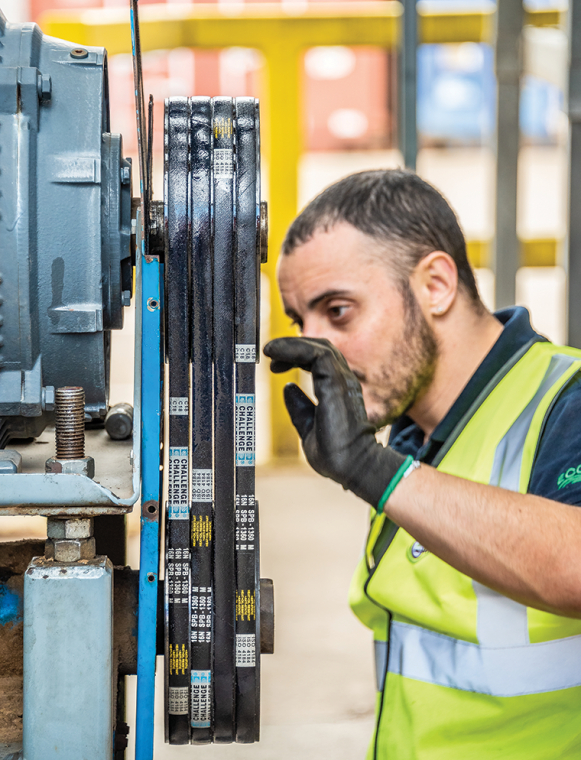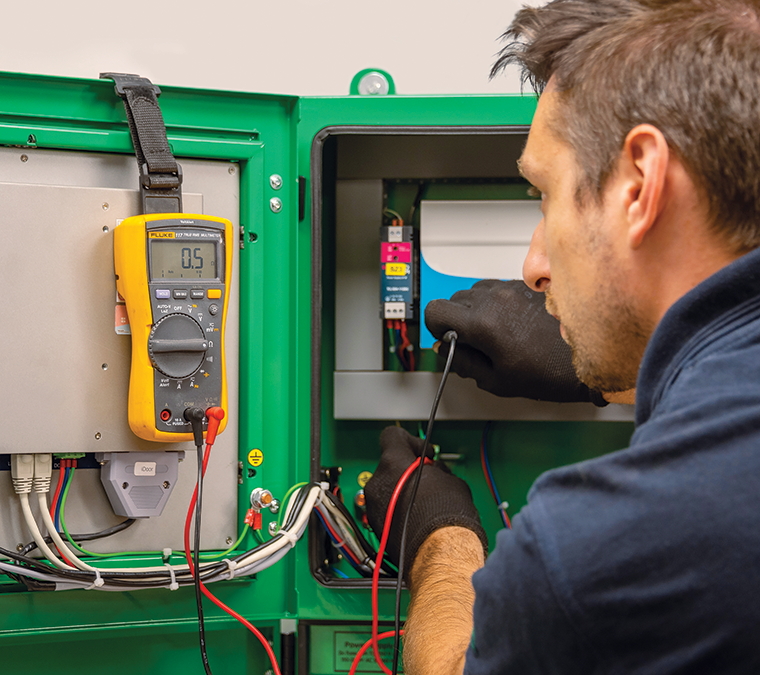Testing LEV efficiency at source
.
Dust – it’s a dirty subject but, if not controlled effectively, wood dust has the potential to cause serious health problems for workers exposed to the hazard, and it’s something we all have a responsibility to deal with in this industry.
The specific health hazards associated with wood dust are well-documented and regularly reported through the pages of our industry’s media, and the Control of Substances Hazardous to Health (COSHH) Regulations require employers to ensure that the exposure of employees to substances that are hazardous to health is either prevented or, where this is not reasonably practicable, adequately controlled. However, despite all the publicity and the seriousness of potential problems, the Health and Safety Executive continue to report a high incidence of dust exposure regulations being breached by woodworking businesses.

Internal inspection of customer’s filter unit
Regulations stipulate Workplace Exposure Limits (WEL) for wood dust based on the average amount of airborne dust present during a nominal 8-hour shift. Since 2020, the maximum WEL for softwood dust has been set at 5 milligrams per cubic metre and, where hardwood dust is prevalent, or a mixture of both softwood and hardwood dust exists, the current limit is 3 milligrams per cubic metre; expected to be reduced to 2 milligrams in 2023.Since wood dust acts as a respiratory sensitiser, it’s essential that employees’ exposure to dust is not just maintained below the relevant WEL, but that any exposure to wood dust is minimised as far as is reasonably practicable – a respiratory sensitiser is a substance which, when inhaled, can trigger an irreversible allergic reaction in the respiratory system and, once such a reaction has occurred, even the slightest repeat exposure to the substance may produce symptoms.
In a woodworking factory it’s the fine particles of wood dust that are most likely to cause lung damage but, when fine wood dust is airborne, it’s practically invisible. Just to put the exposure limits into perspective, one teaspoon (5ml) of dry sawdust typically weighs in at around 1 gram, or 1000 milligrams; which means that 5 milligrams of sawdust per cubic metre equates to around one fiftieth of a teaspoon (0.1ml).

Checking fan belt condition and tension
When measured in those terms, it’s not hard to appreciate why such a small amount of dust is difficult to see when it’s floating around in a million cubic centimetres of air, and just how effective dust extraction needs to be to control the hazard.
In order to capture the harmful dust at source, and remove it before it can spread, adequate dust extraction, or Local Exhaust Ventilation (LEV), must be provided wherever woodworking machines are in operation and, crucially, it must be maintained in tip-top condition. There’s a legal requirement for LEV systems to be examined and tested, by a competent person, at least every 14 months and, especially for complex systems, more frequent checks are strongly recommended. A reputable dust extraction provider will advise on LEV Testing requirements for an individual system based on how complicated the system is, how likely it is to fail, and the consequences if it does.
Extractly Ltd has a highly-dedicated and experienced in-house service team to support its customers in the woodworking industry. The team’s knowledge and skills have been honed and developed through years of experience with countless LEV system configurations and extraction equipment from a myriad of manufacturers. Whether your dust extraction was installed by Extractly or another provider, the service delivered will be customised to meet your specific needs; ensuring maximum uptime and optimum performance from your system, and safeguarding the health of your workforce.

Testing Ecogate greenBOX controller

Ecogate system maintenance
Extractly have the capability to meet all your LEV requirements: whether it’s for regular testing and maintenance, updating an existing system to provide additional extraction capacity for new machine installations, to design, install and commission a new and efficient dust extraction system, or simply to reconfigure ductwork to accommodate a machine replacement or relocation.
In addition, as the sole UK Distributor of Ecogate energy-saving extraction equipment, Extractly is uniquely-placed to provide a one-stop-shop solution, covering all your dust extraction requirements. Ecogate technology is highly effective when it comes to maintaining optimum airflow in an extraction system and, with fan speed automatically and continuously adjusted to exactly match extraction demand throughout the working day, it is guaranteed to significantly reduce your system’s power consumption and running costs.
01924 520462









